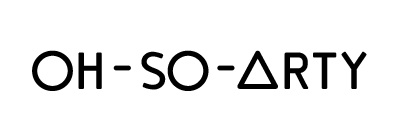When entering “Paperwork and the Will of Capital”, Taryn Simon’s first solo exhibition at the Tel Aviv Museum in Israel, visitors might become seduced by the 16 large colorful prints representing floral centerpieces. It therefore might be surprising that one of the starting points for the show was a picture of Mussolini and Hitler from 1938 signing the Munich agreement and separated by a floral centerpiece. The second inspiration was 17th century Dutch still life painting and the notion of the “impossible bouquet”, where artists were aiming to represent flowers together that could not grow naturally in the same geographical place.
The flowers represented in the show were present at different international conferences, where world leaders signed treaties, decrees and accords—many of which revealed themselves not long after as false promises. The prints, framed with heavy mahogany wood reminiscent of boardroom furniture, are accompanied by an explanatory text about the agreement which was signed in their presence.
Simon imported 4000 specimens from Holland’s biggest flower auction and worked with a botanist to identify the types of flowers. In the center of the space, Simon placed five sculptural elements, pedestals that contain the same flowers used for the prints, which Simon had dried and sewn on archival herbarium paper.
Visitors to the show might wonder why Simon chose these floral arrangements as the center of her exhibition. The flowers act like silent witnesses to lost promises. Like many of her previous research-based projects, here, Simon tackles questions surrounding international politics, economics, the notion of the archive, memory and time.
Until January 28th, Tel Aviv Museum of Art
- by Sarah Peguine







